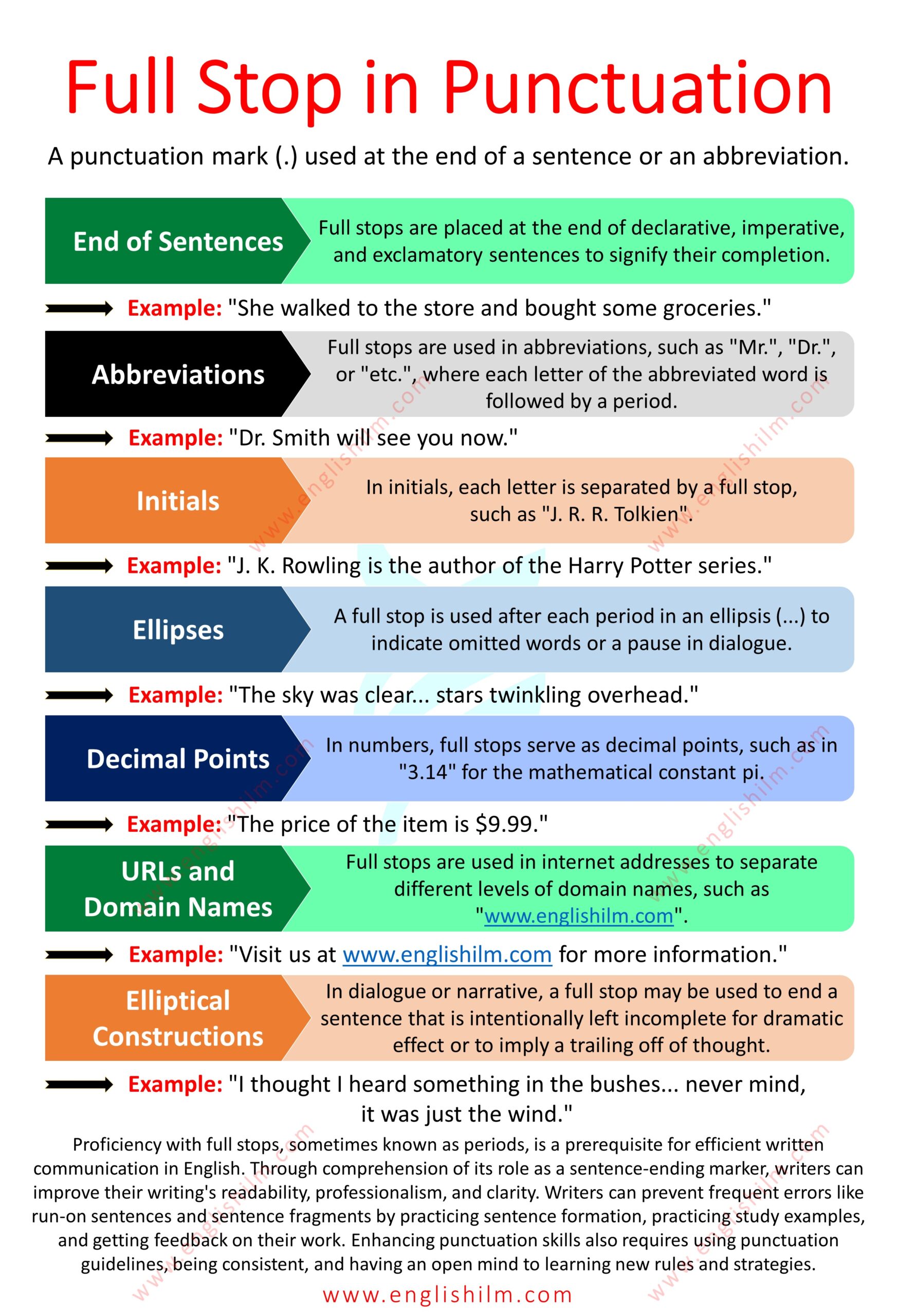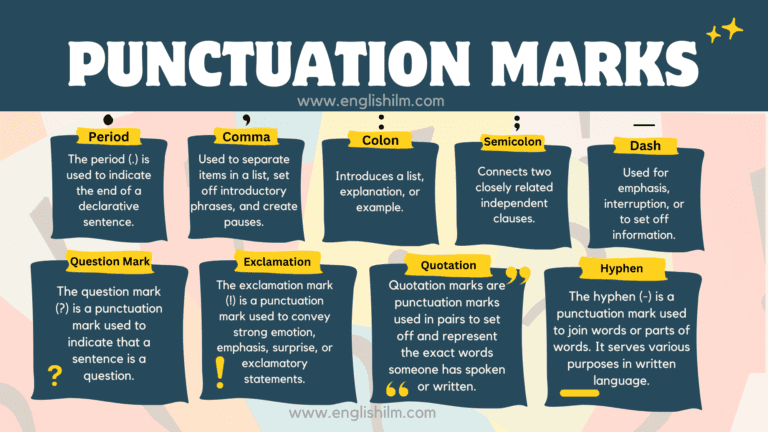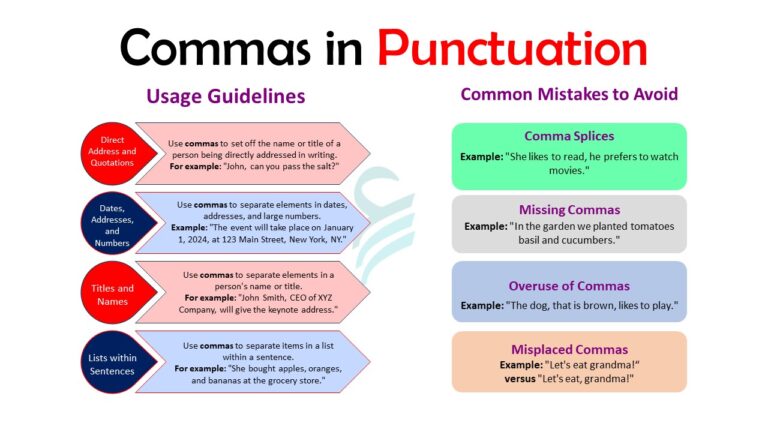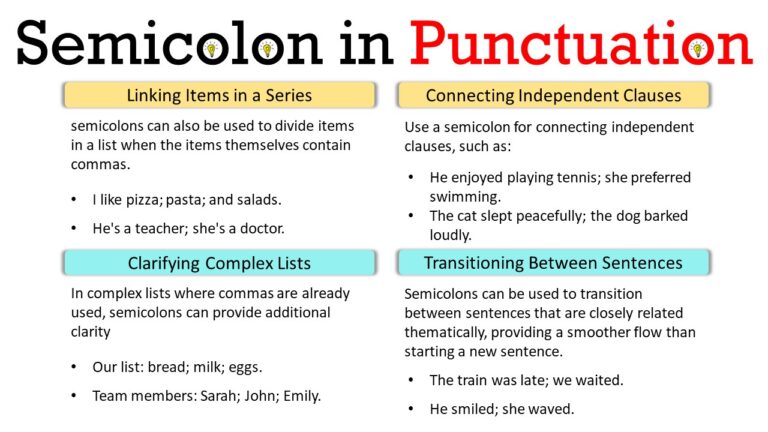In this blog post, you will learn about the full stop, a key punctuation mark used to indicate the end of a sentence. Often called a period in American English, this mark is essential for clear and coherent writing. We’ll explore its uses, rules, and minor differences with examples to help you master its correct application, improving your overall writing skills.
What is a Full Stop?
The full stop, called a period in American English, is a basic punctuation mark with two functions in written English. Its main job is to show the reader that a sentence has ended and that a topic or idea is complete. The full stop also helps organize writing by separating sentences. It keeps the writing clear and easy to read by marking the end of one idea and the start of another.
Simple Definition of a Full Stop/Period:
A punctuation mark (.) used at the end of a sentence or as an abbreviation.
Usage guidelines for Full Stops
When it comes to using full stops (or periods) in English writing, several guidelines ensure clarity and proper punctuation:
1. End of sentences:
Full stops are placed at the end of declarative, imperative, and exclamatory sentences to signify their completion.
Examples:
- She walked to the store and bought some groceries.
- Please remember to turn off the lights.
- What a beautiful sunset!
2. Abbreviations:
Full stops are used in abbreviations, such as “Mr.”, “Dr.”, or “etc.”, where each letter of the abbreviated word is followed by a period.
Example:
- Dr. Smith will see you now.
- I enjoy various outdoor activities, e.g., hiking, biking, and camping.
- Dr. Smith specializes in cardiology.
- Mr. Johnson will be leading today’s meeting.
3. Initials:
In initials, each letter is separated by a full stop, such as “J. R. R. Tolkien.”
Examples:
- J. K. Rowling is the author of the Harry Potter series.
- Dr. J. H. Smith received an award for his contributions to medical research.
- The CEO of XYZ Corp., A. B. Johnson, announced a new strategic plan for the company.
- Please address the letter to Ms. E. L. Martinez, our head of human resources.
4. Ellipses:
A full stop is used after each period in an ellipsis (…) to indicate omitted words or a pause in dialogue.
Examples:
- The sky was clear… stars twinkling overhead.
- She hesitated before responding, her thoughts trailing off into silence…
- The old diary entries were faded, filled with cryptic messages and incomplete sentences…
5. Decimal Points:
In numbers, full stops serve as decimal points, such as in “3.14” for the mathematical constant pi.
Examples:
- The price of the item is $9.99.
- The temperature outside was recorded as 25.5°C.
- Her grade on the exam was 87.5%.
6. URLs and Domain Names:
Full stops are used in internet addresses to separate different levels of domain names, such as “www.englishilm.com“.
Examples:
- Visit us at www.englishilm.com for more helpful stuff.
7. Elliptical Constructions:
In dialogue or narrative, a full stop may be used to end a sentence that is intentionally left incomplete for dramatic effect or to imply a trailing off of thought.
Examples:
- I thought I heard something in the bushes… never mind, it was just the wind.
- She likes coffee; he prefers tea.
- Some enjoy hiking; others, swimming.
- The cat is black; the dog is white.
Common Mistakes to Avoid
Maintaining accuracy and clarity in English writing requires avoiding common errors with full stops or periods. The following are some dangers to be aware of:
Run-on Sentences:
Neglecting to use a full stop to separate independent clauses can result in run-on sentences, which lack clarity and can confuse readers. Always ensure each sentence expresses a complete thought and ends with a full stop.
Example:
- She went to the store, bought groceries, and then she went home.
Fragmented Sentences:
Conversely, using a full stop to end a sentence prematurely can create sentence fragments, which are incomplete thoughts. Make sure each sentence contains a subject and a verb and conveys a complete idea.
Example:
- Running late. I missed the bus.
Overuse in Dialogue:
In dialogue, excessive use of full stops to end sentences can make the conversation seem stilted or unnatural. Use full stops judiciously and vary punctuation to reflect the natural rhythm of speech.
Example:
- I don’t know. Maybe we should. Go there.
Incorrect Placement in Abbreviations:
Placing full stops incorrectly in abbreviations can lead to confusion or ambiguity. Follow established conventions for abbreviations and ensure consistency throughout the text.
- Incorrect: U.S.A . is a country. ❌
- Correct: U.S.A. is a country. ✔
Missing After Abbreviated Titles:
Forgetting to include a full stop after abbreviated titles (e.g., Mr., Dr., etc.) is a common error. Remember to punctuate abbreviations correctly to maintain grammar accuracy.
- Incorrect: Mr Smith arrived late ❌
- Correct: Mr. Smith arrived late. ✔
Full Stop in Punctuation Infographics
Read More
- Colon in Punctuation
- Semicolon in Punctuation
- Exclamation Mark in Punctuation
- Quotation Marks in Punctuation
FAQs about Full Stop/Period
1. What is a full stop or period used for in punctuation?
A full stop (or period) is used to mark the end of a complete sentence. It shows that a thought or idea is finished.
2. When should I use a full stop in a sentence?
You should use a full stop at the end of a statement, command, or indirect question. For example: “She went to the park.”
3. Can I use a full stop after abbreviations?
Yes, a full stop is used after abbreviations. For example: “Dr. Smith is a dentist.” But in some cases (like UK English), abbreviations may omit the full stop.
4. What’s the difference between a full stop and other punctuation marks?
A full stop ends a complete sentence, while other punctuation marks (like commas or question marks) serve different purposes, such as separating ideas or asking questions.
5. How is a full stop used in numbers or decimals?
A full stop separates the whole number from the decimal part. For example: “The cost is $5.75.”
6. Can a full stop be used at the end of a single word?
Yes, when a word forms a complete sentence, you can use a full stop. For example: “Stop.”






